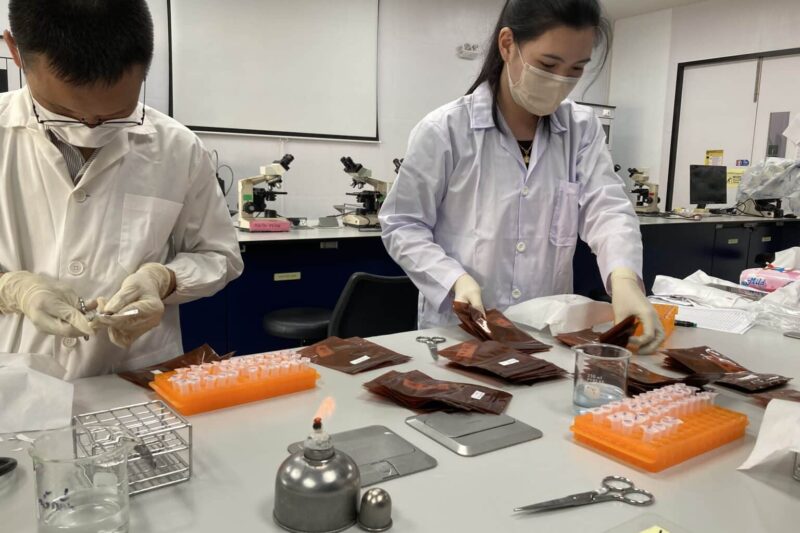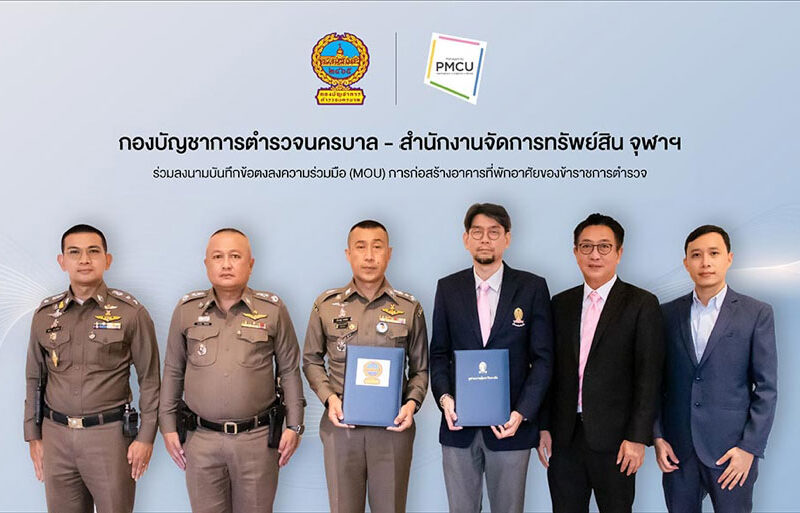Pilot project in Udon Thani that stresses citizen engagement produces positive results
September 28 of every year is World Rabies Day, a reminder that the deadly disease still persists and needs a united effort from all concerned to reach the global goal of “zero human rabies deaths by 2030”.
In Thailand, rabies control has become an urgent issue on the public health health agenda following widespread outbreaks that led to a surge in deaths from 2016 to 2018. The government has pledged to make the country free of rabies by 2020.
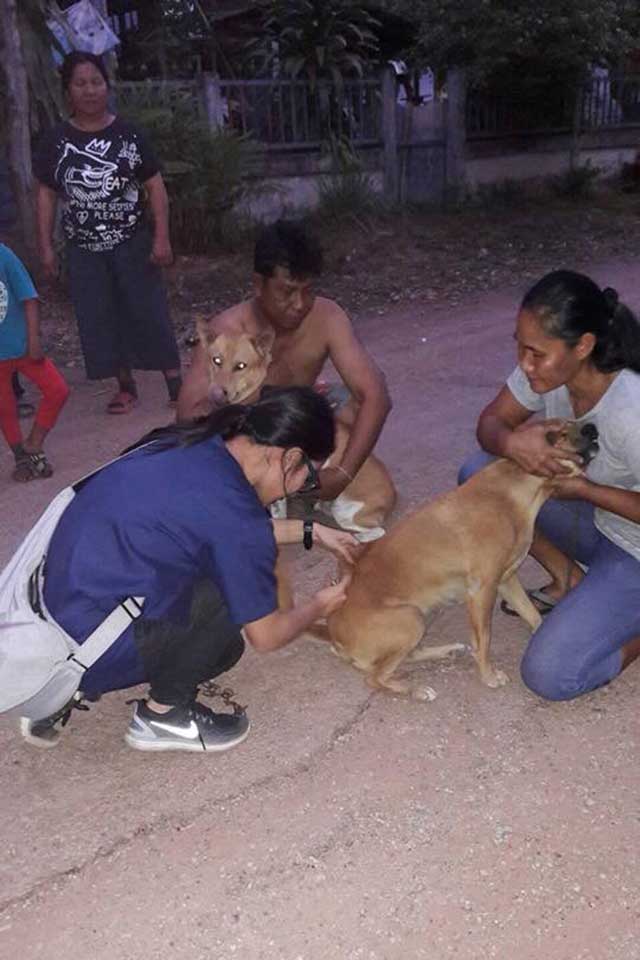
The Faculty of Veterinary Sciences at Chulalongkorn University has been playing its part through a program to sterilize and vaccinate dogs and cats since 2013. Each year a volunteer group called Suttawapattidpeak (Flying Veterinarians) provides vaccinations to more than 1,000 dogs and cats in provincial areas.
But that is only a drop in the ocean. Data from a 2016 survey by the Department of Livestock Development showed that there are more than 10 million dogs and cats in Thailand, of which more than one million are without owners.
“To successfully fight rabies, one person or an individual organization cannot do it alone. A collective effort from various parties is needed to reach the community, educate the public and provide services related to rabies elimination comprehensively,” says Assistant Prof Dr Tilladit Rung-ruangkijkrai, a lecturer in the Faculty of Veterinary Sciences.
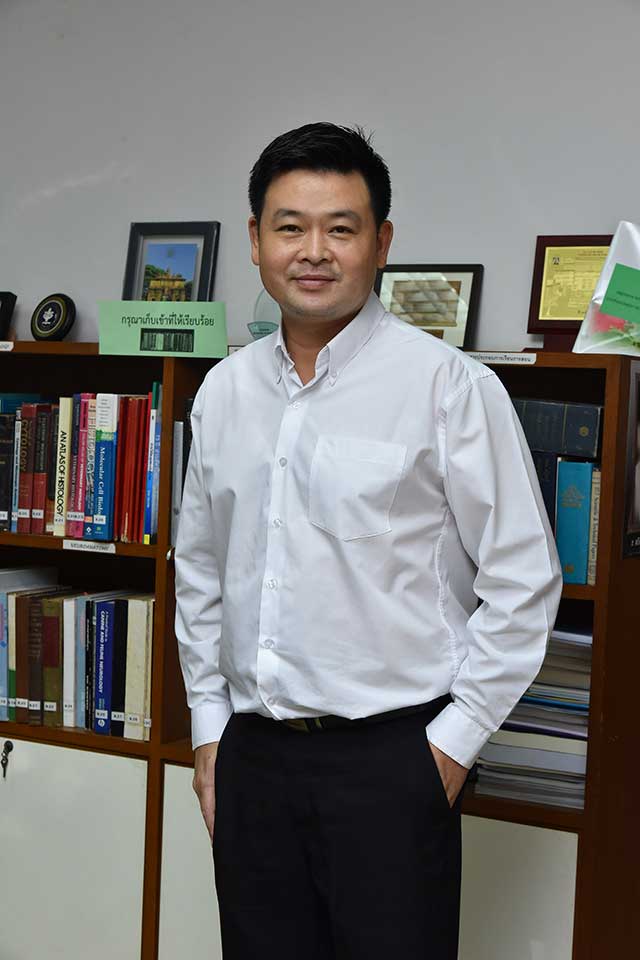
With this in mind, Chulalongkorn University has launched a “citizen engagement against rabies” project to create a community model that emphasizes disease prevention and birth rate reduction of dogs and cats. The three-year project from 2018-20 has chosen Kambong subdistrict in Ban Phue district of Udon Thani province as its pilot site.
“The first year was very successful,” says Asst Prof Dr Tilladit, head of the project. “We vaccinated 100% of the dogs and cats in the community.”
The success reflected the collaboration of multiple parties including Chulalongkorn University, Chulalongkorn alumni in Udon Thani, the Chulalongkorn Volunteer Alumni Club, the Udon Thani provincial Department of Livestock Development office, Kambong Subdistrict Administration and Rat Chula Samakkhi School. The school, established by university alumni in 1967, is the community’s learning center and was the most suitable choice as the project’s operation site.
The field operation took four days for a team of lecturers and students to provide rabies vaccinations to dogs and cats in the community, based on an earlier survey of all villages within the subdistrict, in cooperation with the local administration. Advance announcements and appointments were made so that necessary preparations could be made, including transport for any pet owners who needed it.
In addition to rabies vaccinations and community education, other knowledge-building activities included a workshop on bio-fertilizer use and production for farmers, a child health and sanitation workshop, advice on human and pet healthcare, and more.
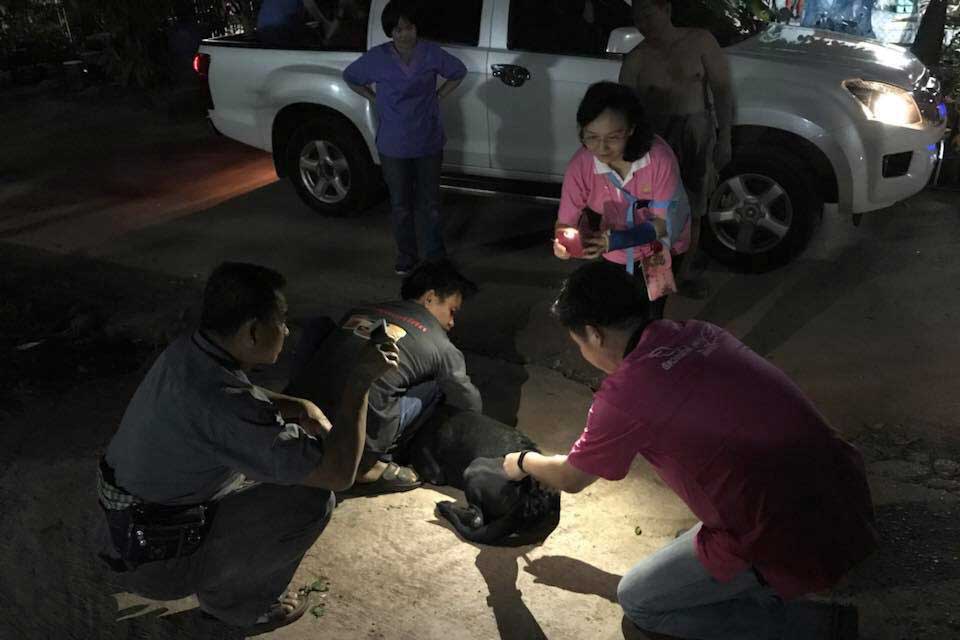
One of the veterinary student volunteers, Intu-orn Jiraruangtrakul, reflected on her experience from the field work, saying that she had gained “communication skill with pet owners” and learned “how to put theory into practice”.
“The project’s implementation is clear, that we focus on community education and awareness of rabies prevention,” says Asst Prof Dr Tilladit. “This results in strong community engagement to take ownership of the issue themselves.
“I’m confident that after three years, upon completion of the project, we will have been able to significantly reduce the dog and cat population in the community and Kambong subdistrict will become the rabies-prevention model community in Udon Thani province.”
The project working team is also conducting continuous monitoring and thorough assessments, with the goal of scaling up the project to reach other communities to achieve sustainable rabies prevention and elimination.
This article was originally published in CU Around May 2019, Vol.62, Issue 5, Page 13, available at https://www.chula.ac.th/magazine/19070/
Previous:
Next:
Others


